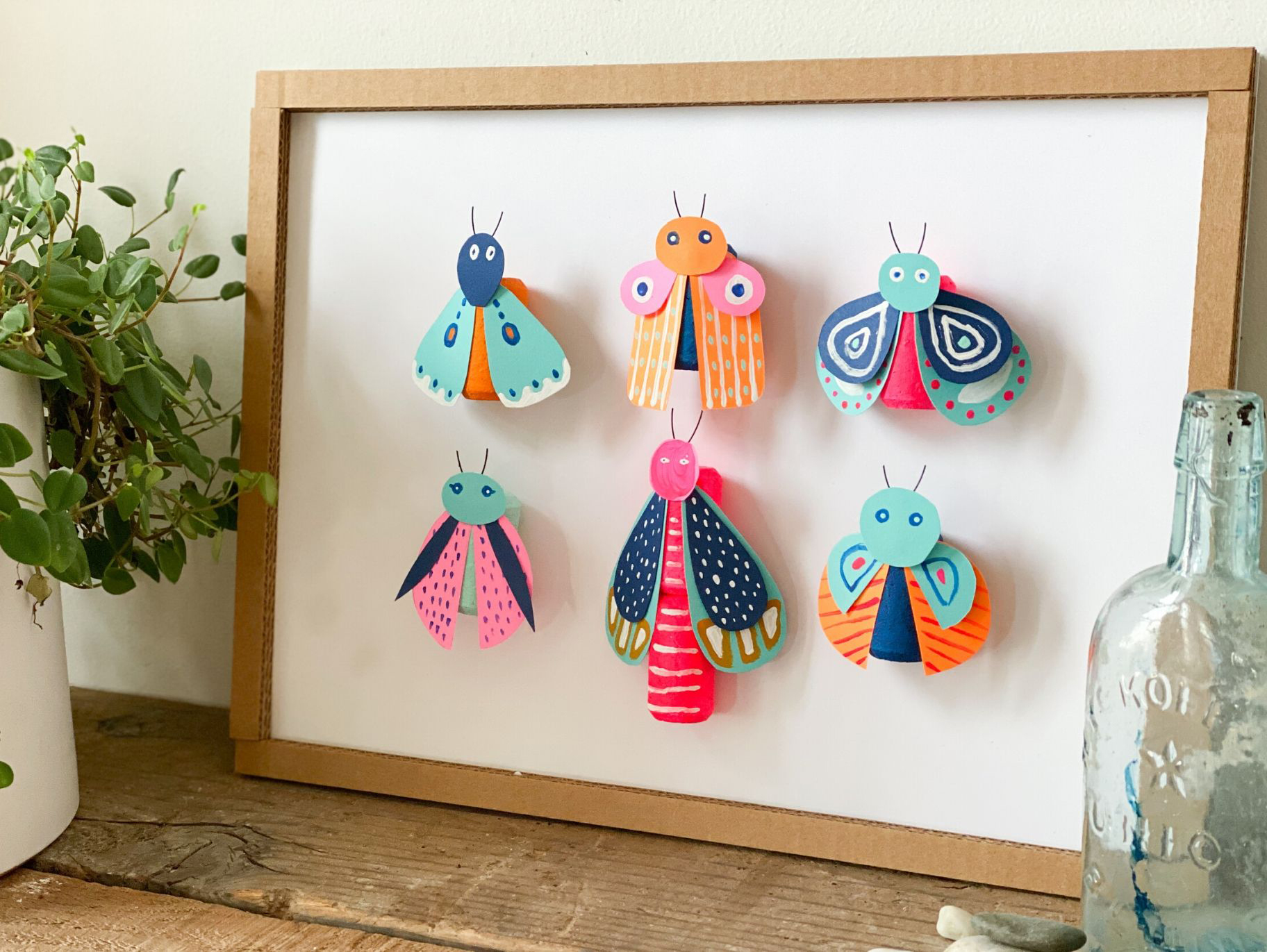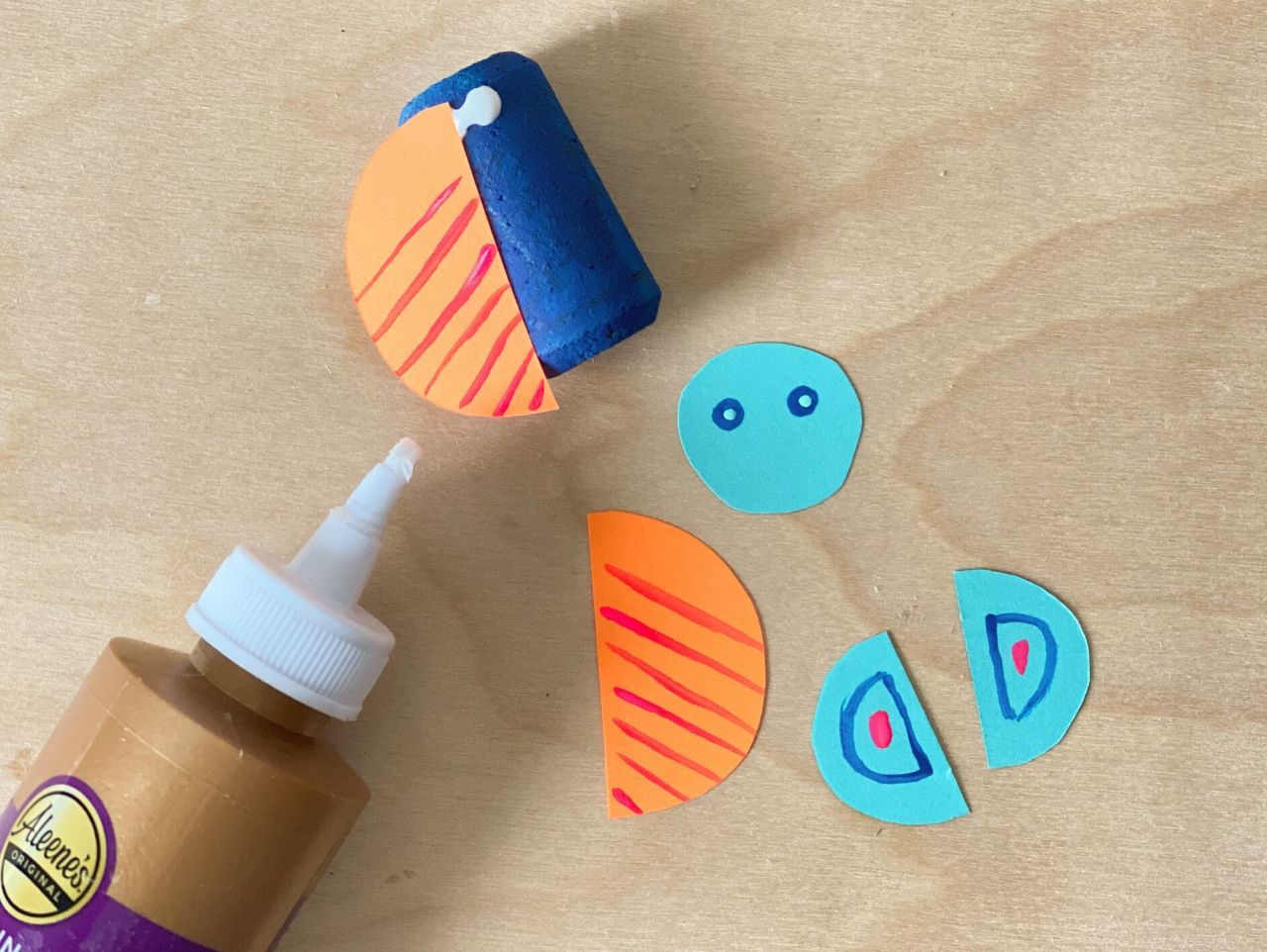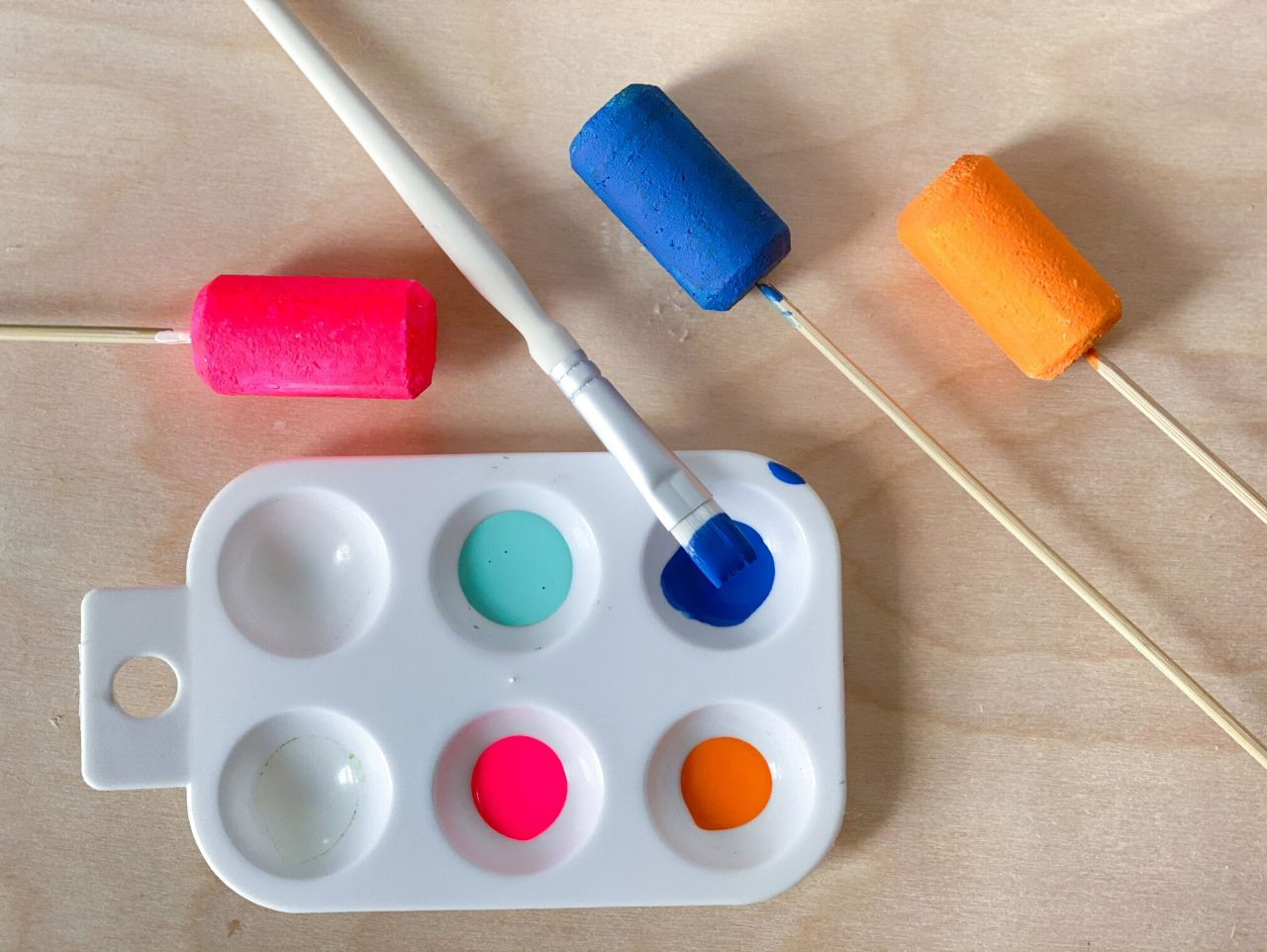
Paint corks with acrylic paint. Tip: Use a skewer to hold the cork so you can paint all sides. Stand them up in a jar to dry.
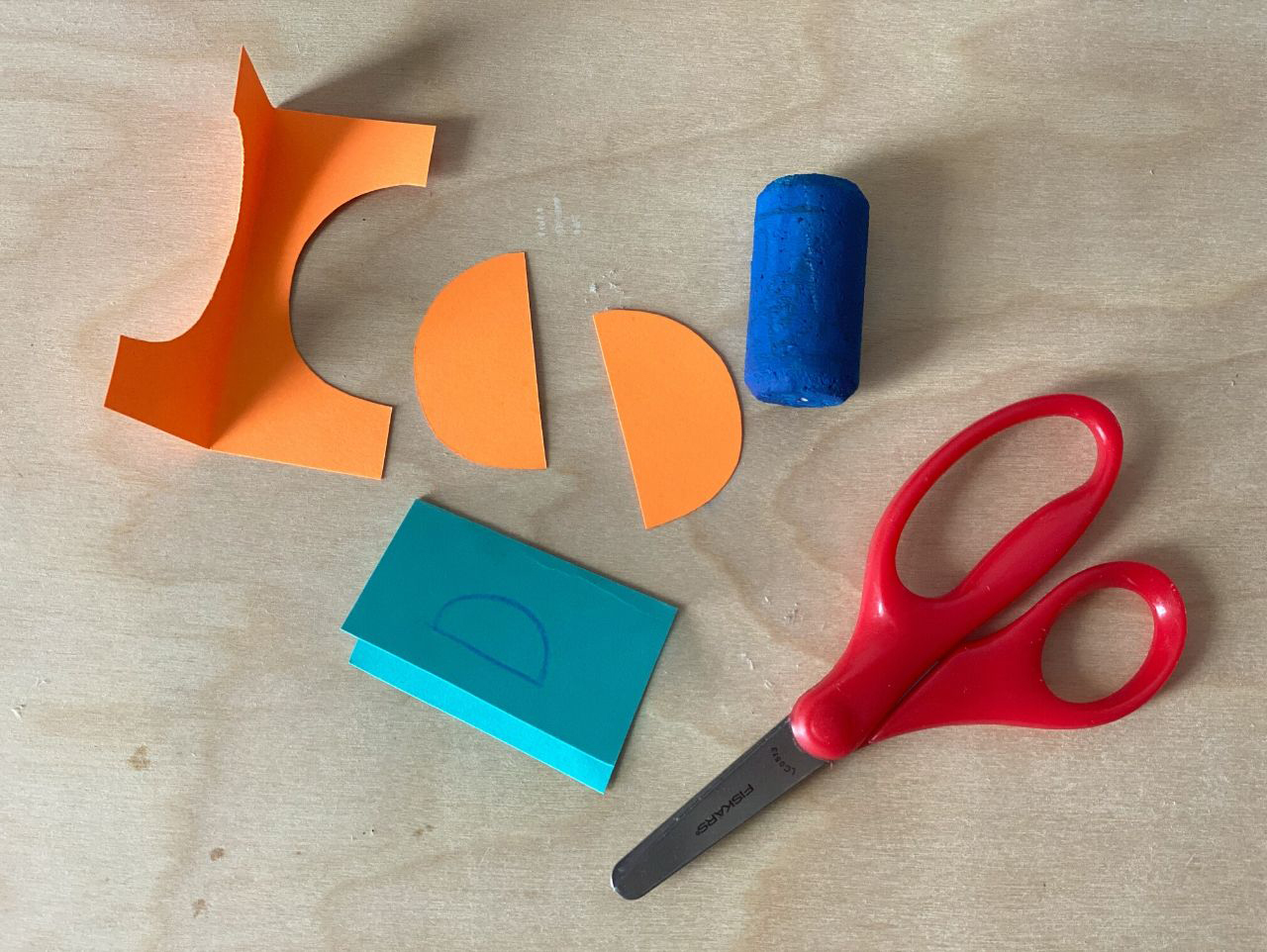
Draw wing shapes on colored cardstock. Fold the cardstock in half and cut on drawn line so you can make 2 wings of the exact same size and shape.
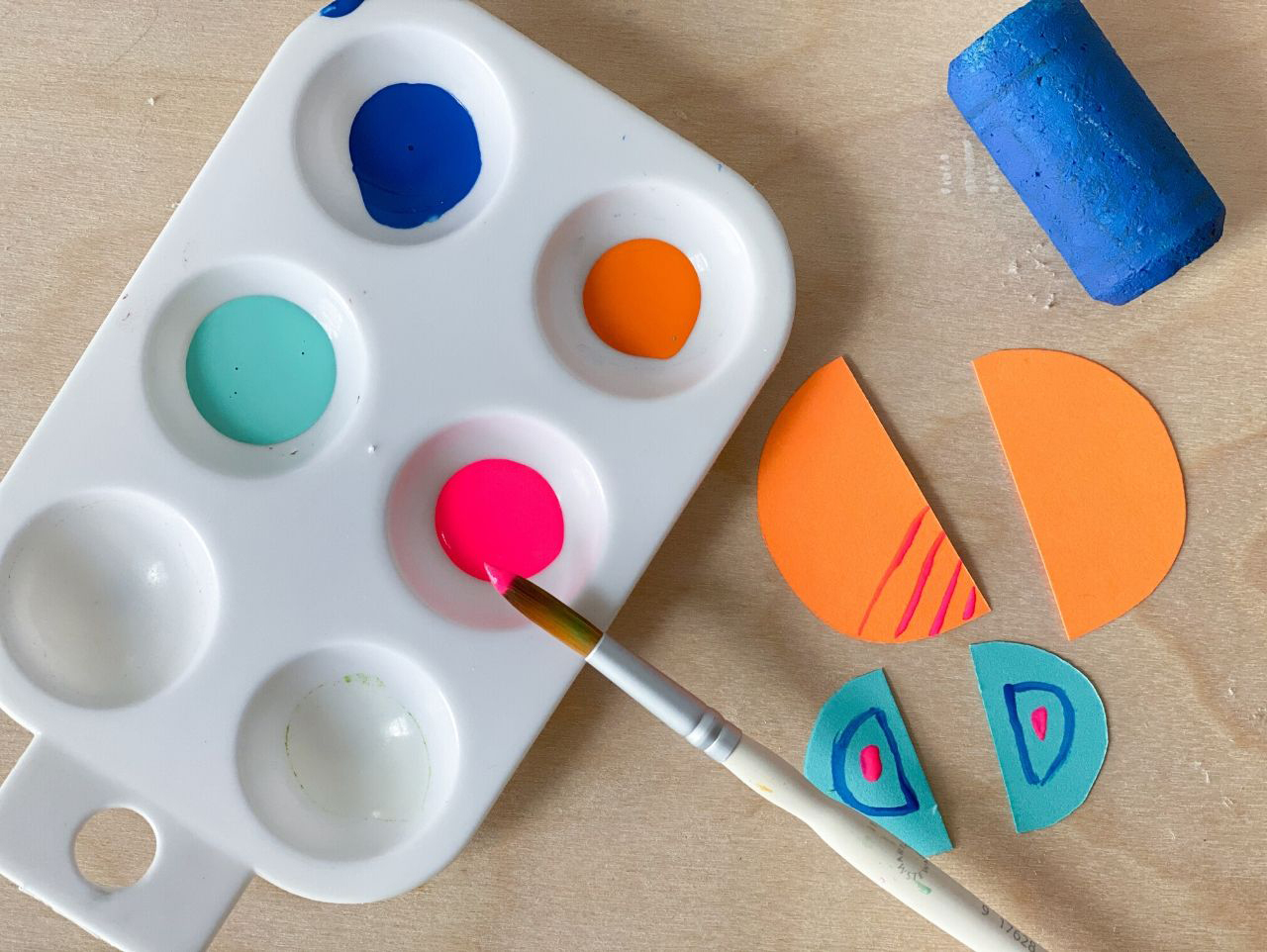
Paint details on the paper wings with acrylic paint. Let dry.
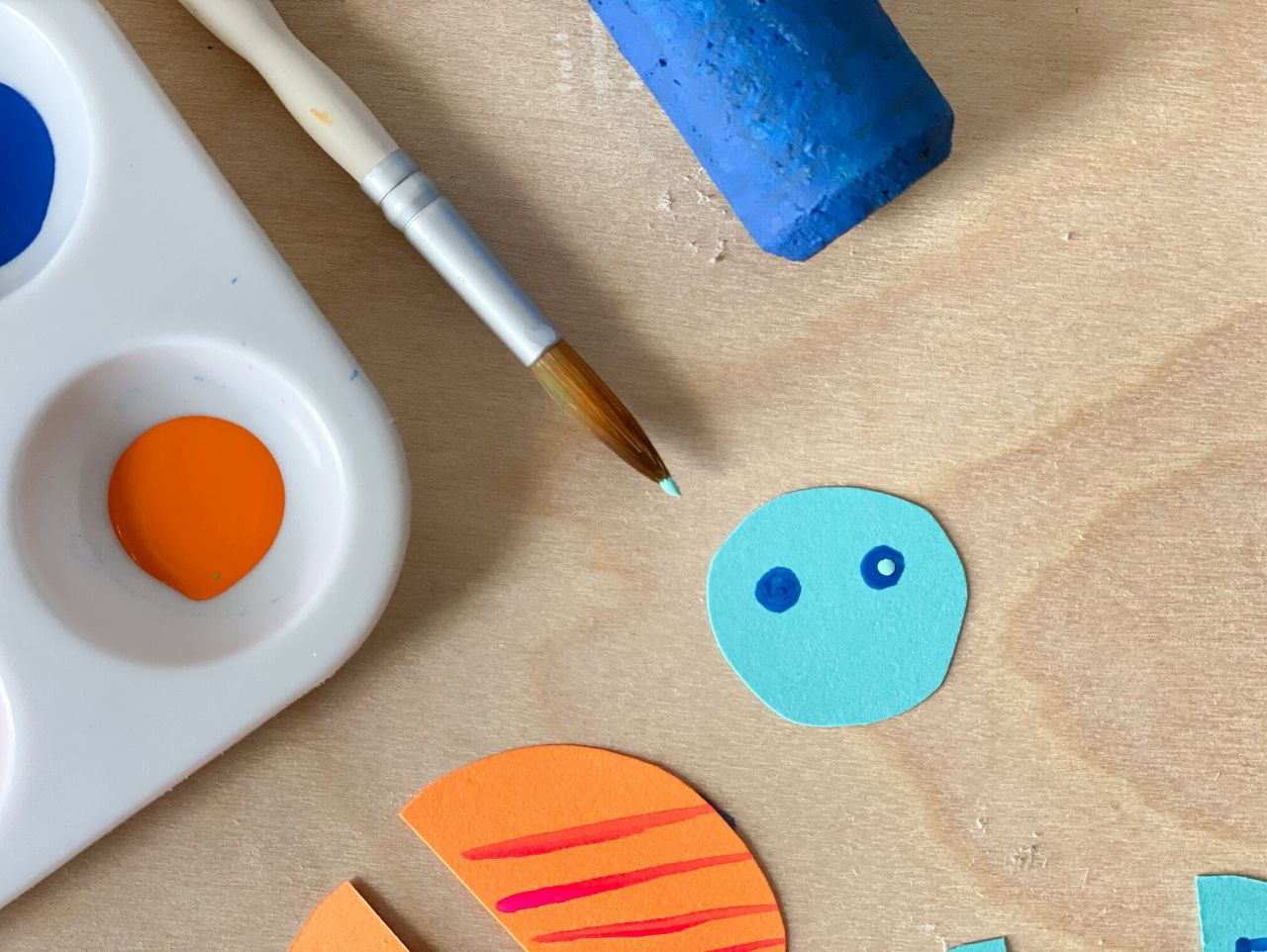
Cut a small round or oval shape from colored cardstock to make the head. Paint small dots for eyes.
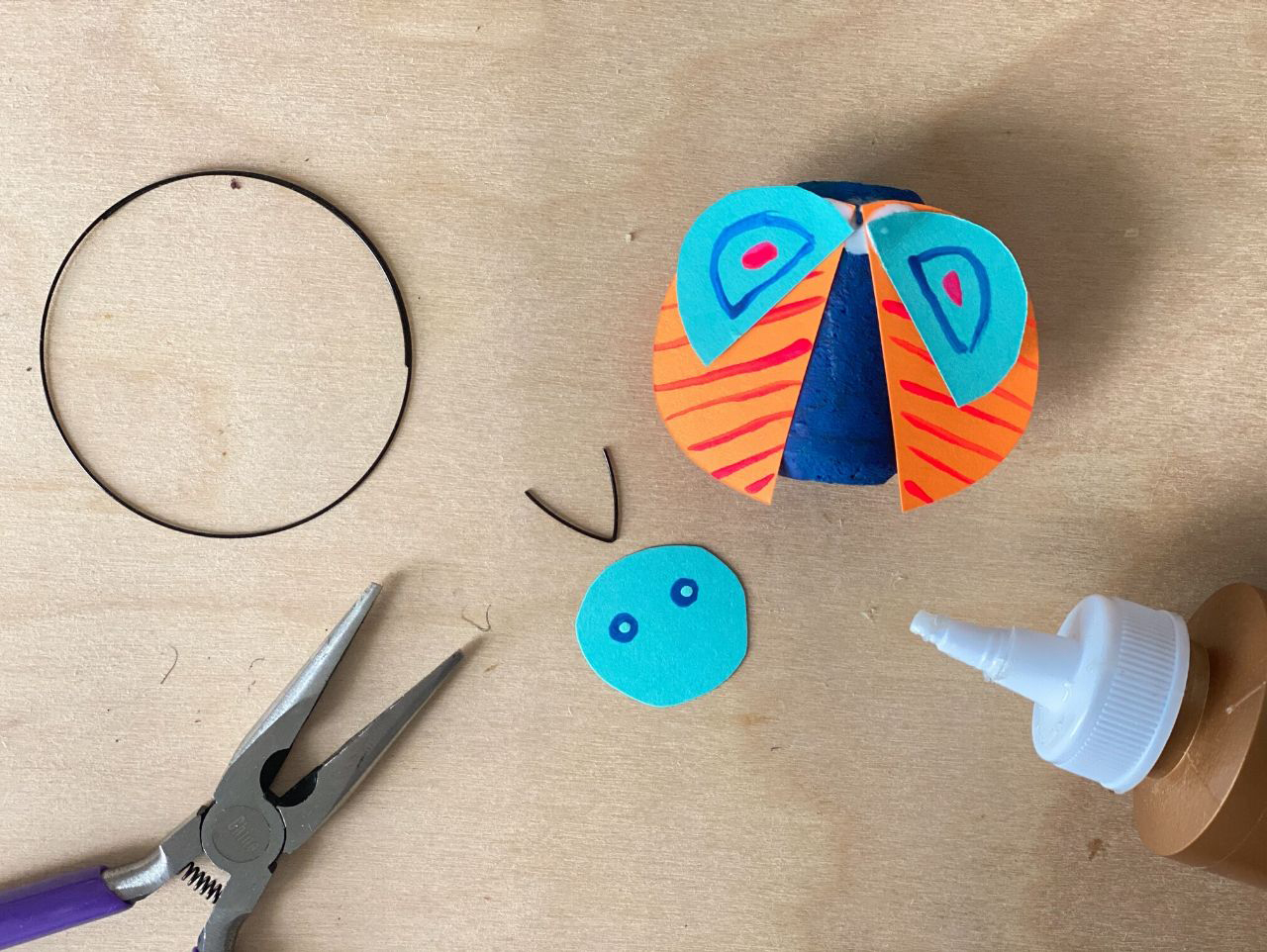
Cut a 1-inch piece of coil memory wire with wire cutters and bend in half to make antennae. Glue to the back of the head. Glue the head to the body, on top of where you attached the wings.
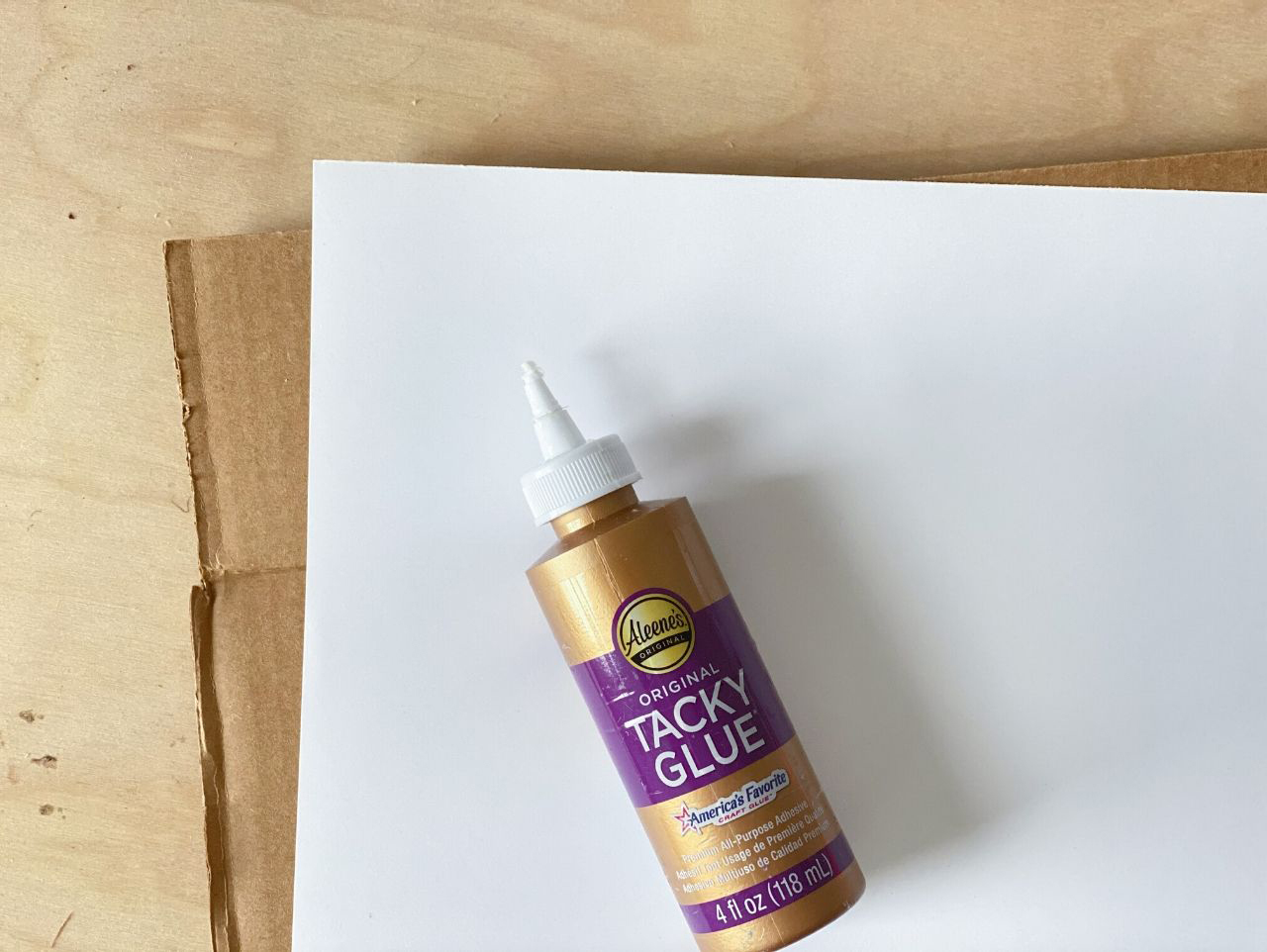
Glue white cardstock to a piece of recycled cardboard. (Tip: Use the Oriental Trading box your materials came in!)
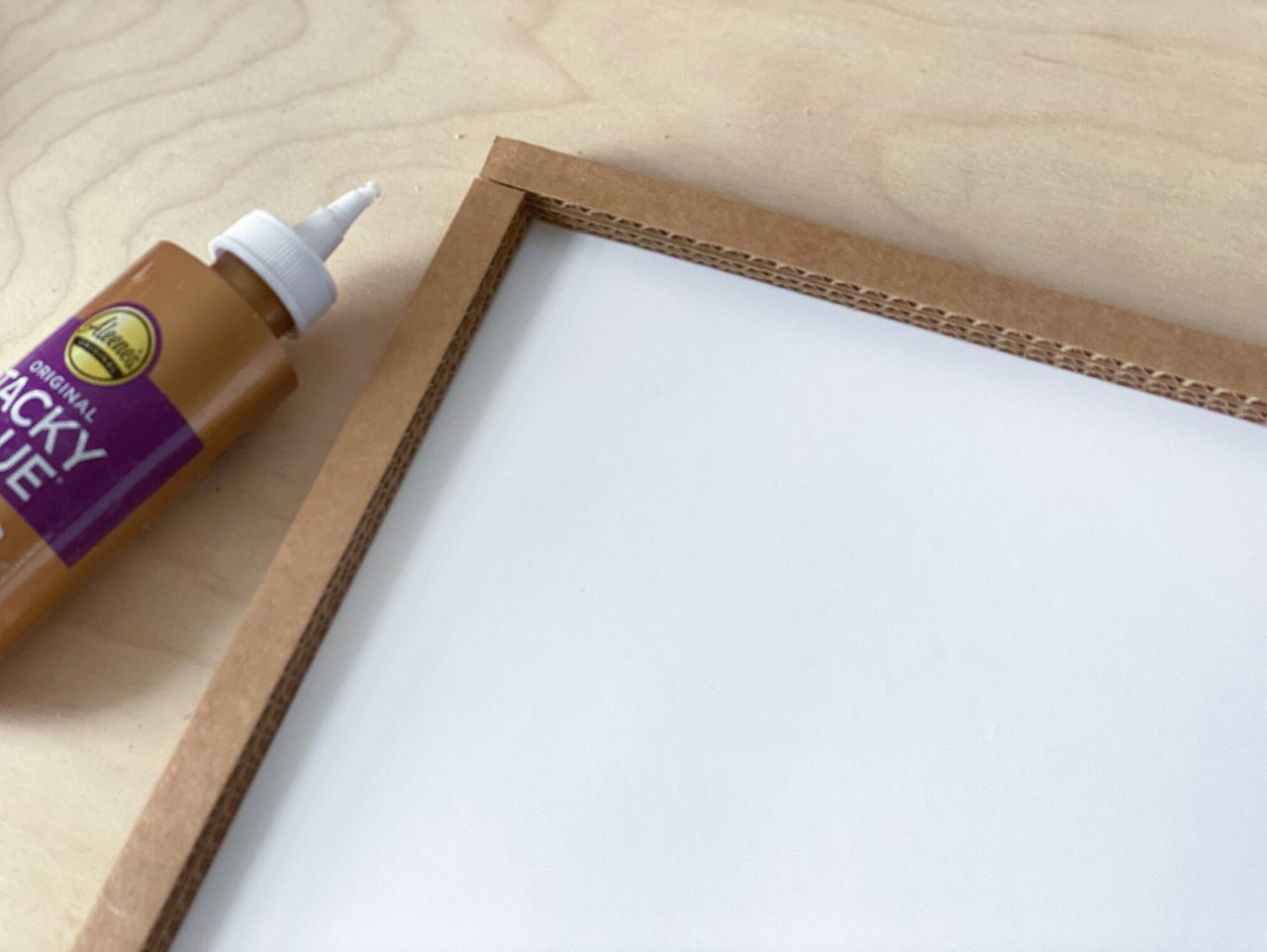
Cut 1/2-inch strips of cardboard and glue them around the edge of the cardboard backing as the frame to complete your insect specimen display box. Stack three strips to create a taller frame.
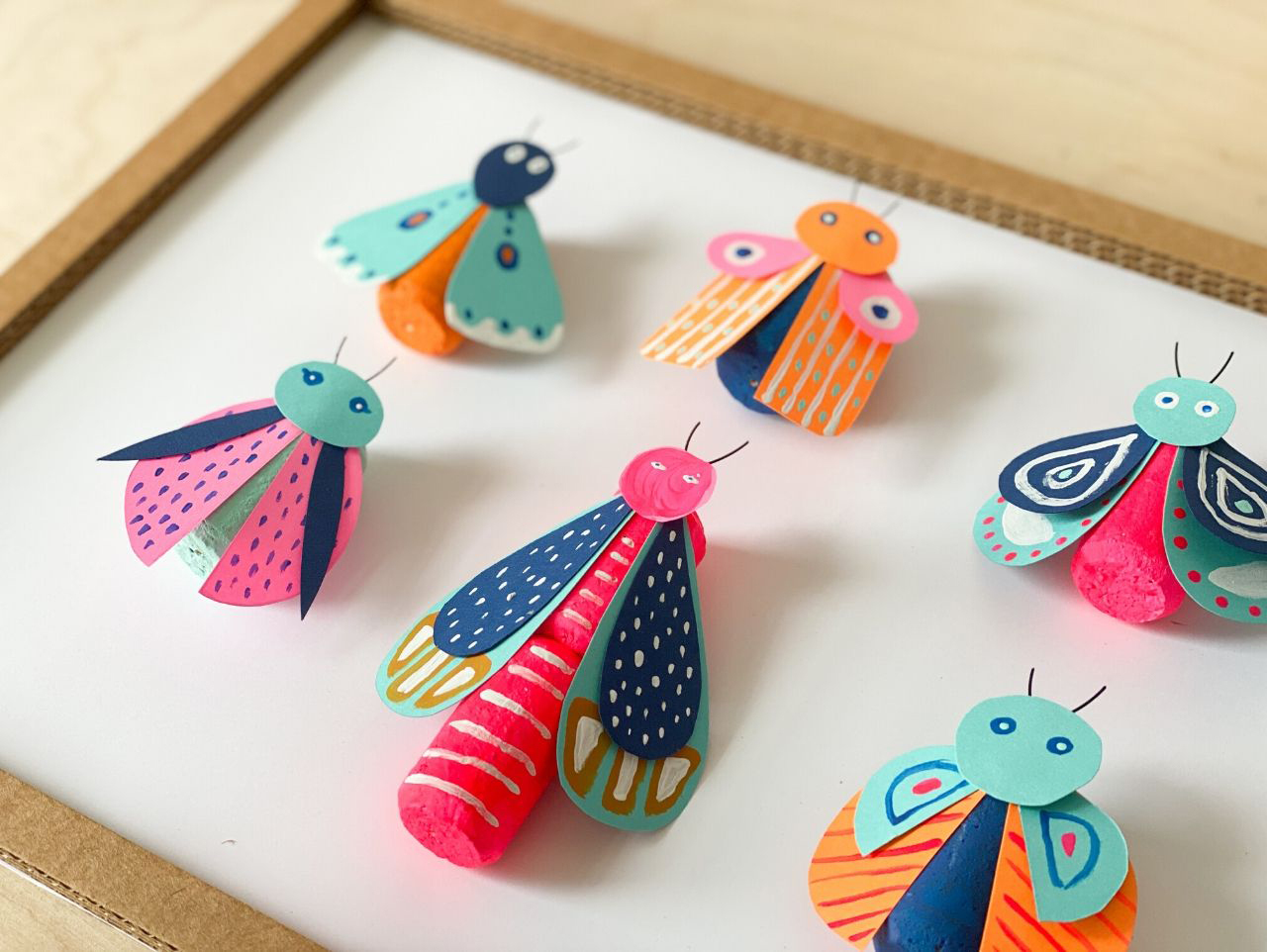
Glue bugs into place in your cardboard specimen display frame.

Paint corks with acrylic paint. Tip: Use a skewer to hold the cork so you can paint all sides. Stand them up in a jar to dry.

Draw wing shapes on colored cardstock. Fold the cardstock in half and cut on drawn line so you can make 2 wings of the exact same size and shape.

Paint details on the paper wings with acrylic paint. Let dry.

Cut a small round or oval shape from colored cardstock to make the head. Paint small dots for eyes.

Cut a 1-inch piece of coil memory wire with wire cutters and bend in half to make antennae. Glue to the back of the head. Glue the head to the body, on top of where you attached the wings.

Glue white cardstock to a piece of recycled cardboard. (Tip: Use the Oriental Trading box your materials came in!)

Cut 1/2-inch strips of cardboard and glue them around the edge of the cardboard backing as the frame to complete your insect specimen display box. Stack three strips to create a taller frame.

Glue bugs into place in your cardboard specimen display frame.

